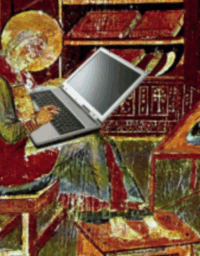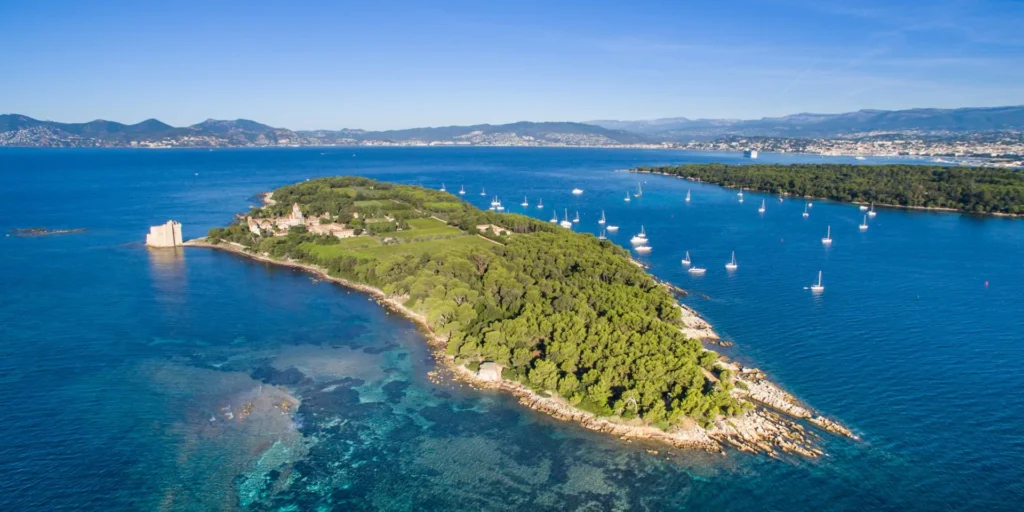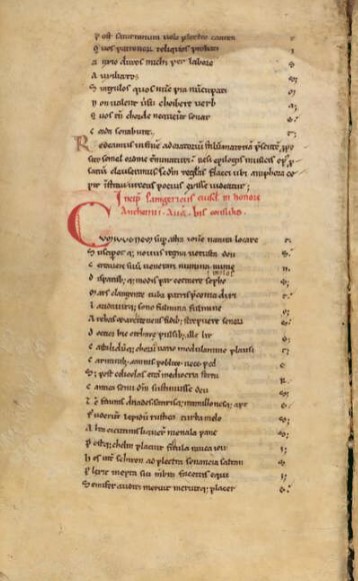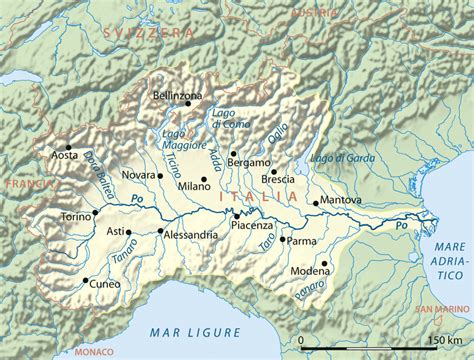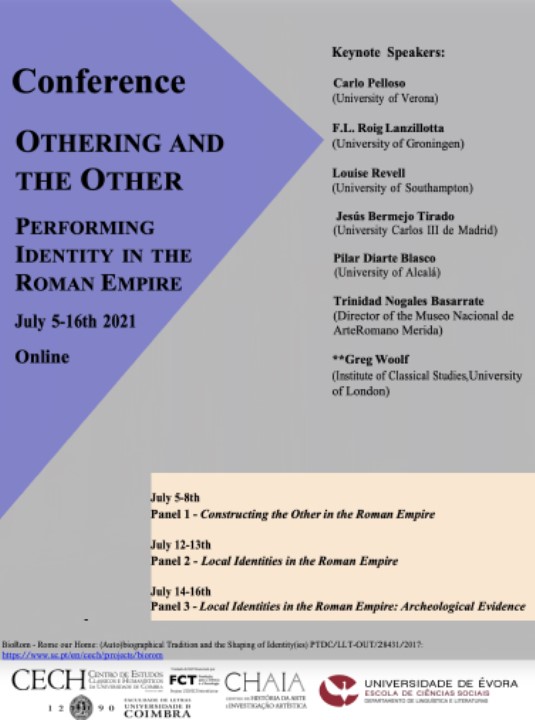On 10 December, Margot Neger is to speak on Ep. 3.12 at the University of Gießen.
Source Gießener Anzeiger, 05.12.2024:
Interaktion zwischen Brief und Versinschrift
Gießen (red). Das Institut für Altertumswissenschaften der Justus-Liebig-Universität Gießen lädt für Dienstag, 10. Dezember, ab 18 Uhr zum Gastvortrag »Brief und Versinschrift: Das Beispiel der Epist. 3,12 des Sidonius Apollinaris« von Dr. Margot Neger (University of Cyprus) in den Margarete-Bieber-Saal (Ludwigstraße 34) ein.
Der Vortrag beleuchtet die komplexe Interaktion zwischen Brief und Versinschrift am Beispiel der Epist. 3,12: In diesem Schreiben erzählt Sidonius, wie er am Vortag beinahe zum Zeugen der Schändung des Grabes seines Großvaters in der Nähe von Lyon wurde. Nach einer eindrucksvollen Schilderung dieses Vorfalls in Prosa zitiert Sidonius ein Gedicht in 20 hendecasyllabi, das er in der Nacht nach dem Zwischenfall für den Grabstein des Großvaters verfasst haben will. Im Vortrag werden die narrative Struktur des Briefes 3,12, sein intermediales Potenzial sowie die intertextuellen Bezüge zu verschiedenen literarischen Vorbildern diskutiert.

